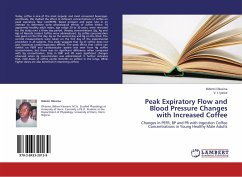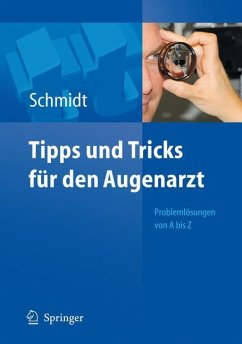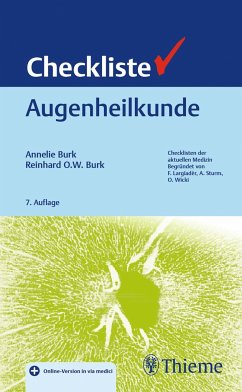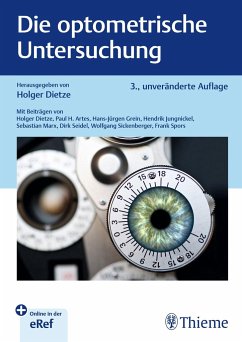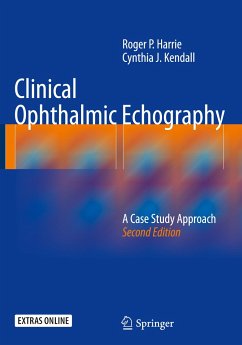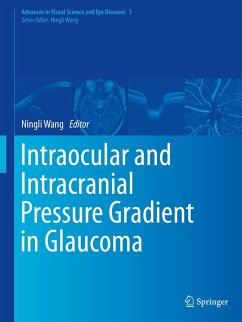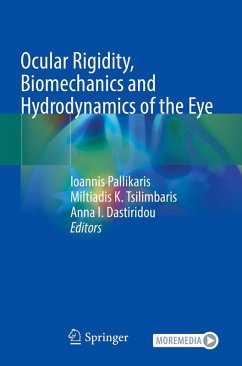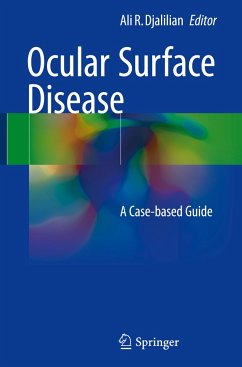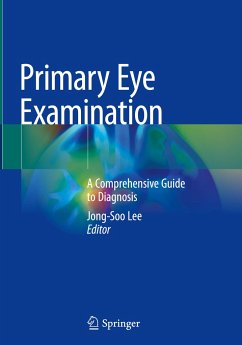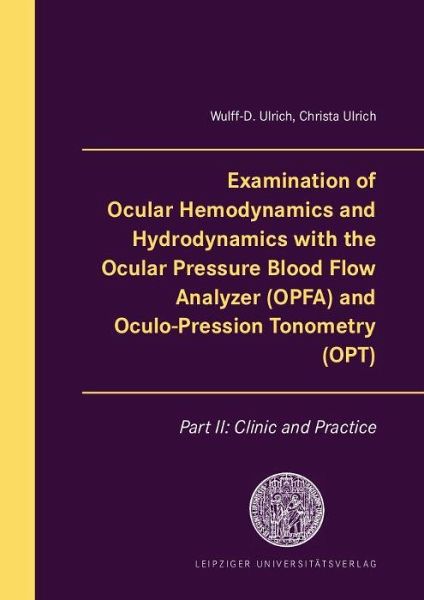
Examination of Ocular Hemodynamics and Hydrodynamics with the Ocular Pressure Blood Flow Analyzer (OPFA) and Oculo-Pression Tonometry (OPT)
Part II: Clinic and Practice
Versandkostenfrei!
Lieferbar in 4-6 Wochen
29,00 €
inkl. MwSt.
Many years ago, when ophthalmologists began to deal with the subject of ocular blood flow, a number of examination devices were developed: it all started with the Ophthalmo-Dynamometry device [ODM] from Mikuni and Yoneyama, followed by the Orbito-Dynamography device [ODG] from Hugo Hager.We entered this field with these two devices, and after years of intensive use of these measuring methods we were able to develop the Oculo-Oscillo-Dynamography device [OODG] and the Temporalis-Dynamography device [TDG], and with the further development of the OODG device the Ocular Pressure Blood Flow Analyze...
Many years ago, when ophthalmologists began to deal with the subject of ocular blood flow, a number of examination devices were developed: it all started with the Ophthalmo-Dynamometry device [ODM] from Mikuni and Yoneyama, followed by the Orbito-Dynamography device [ODG] from Hugo Hager.We entered this field with these two devices, and after years of intensive use of these measuring methods we were able to develop the Oculo-Oscillo-Dynamography device [OODG] and the Temporalis-Dynamography device [TDG], and with the further development of the OODG device the Ocular Pressure Blood Flow Analyzer device [OPFA] was created. The Oculo Pression Tonometry device [OPT] was practically created as a "by-product" during the OODG device development. In combination with the OODG or OPFA device and fluorescence angiography [FAG], Perfusion Pressure Video Angiography [PVA] became possible. All these techniques have greatly assisted us in our diagnostic efforts.We have gained many years of experience with the diagnosis of ocular hemodynamics and ocular hydrodynamics which we would like to share in this book.




